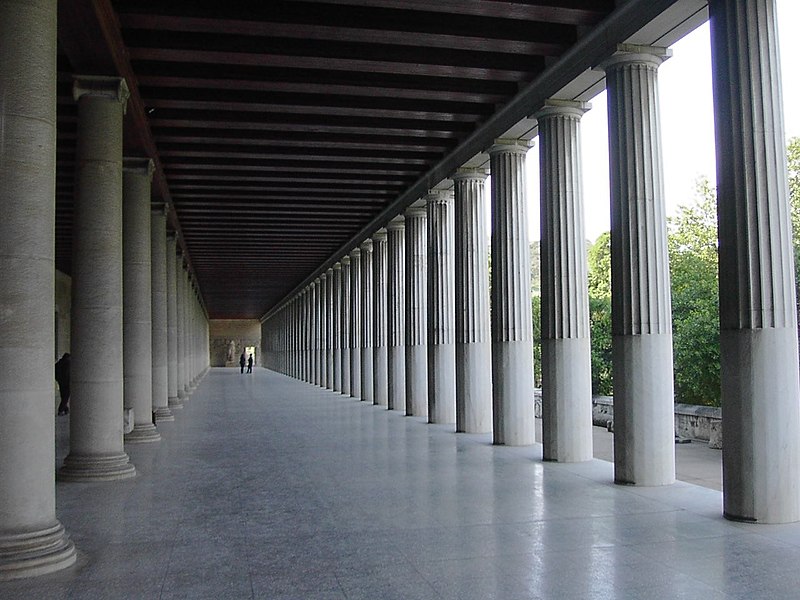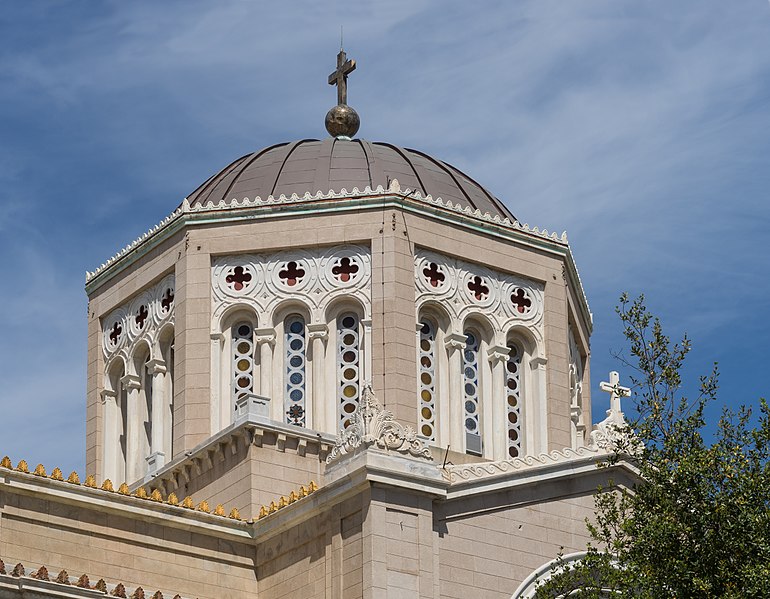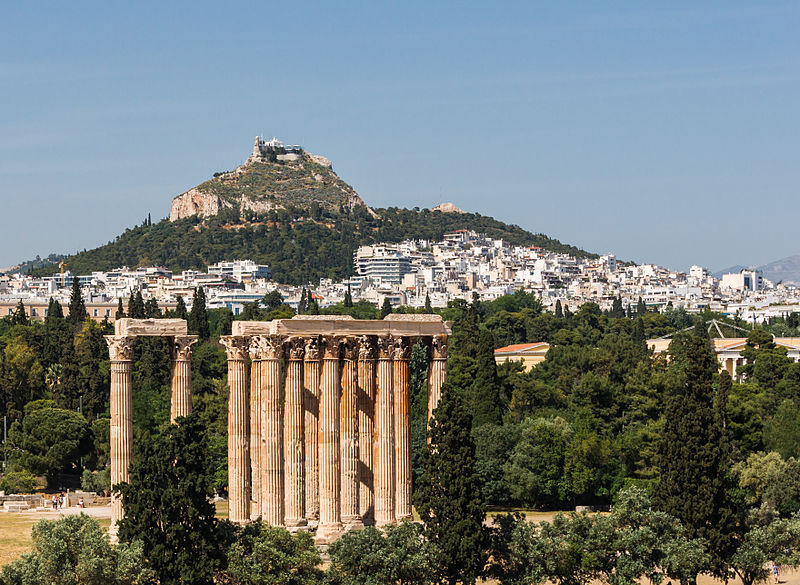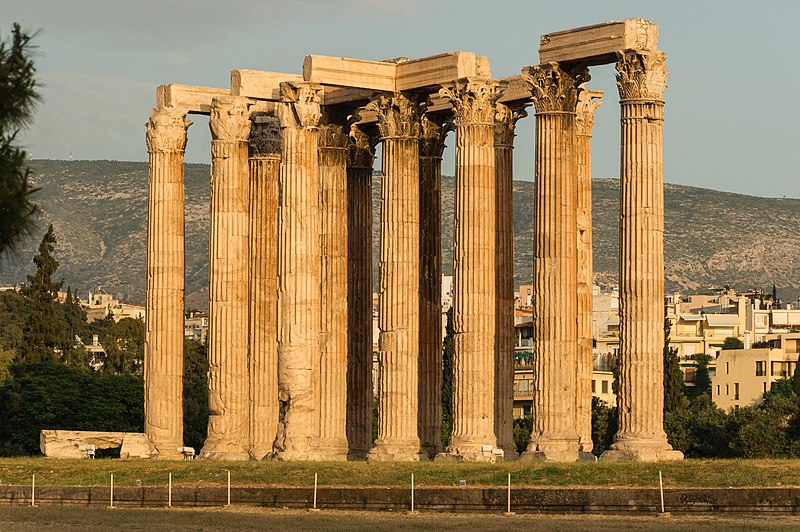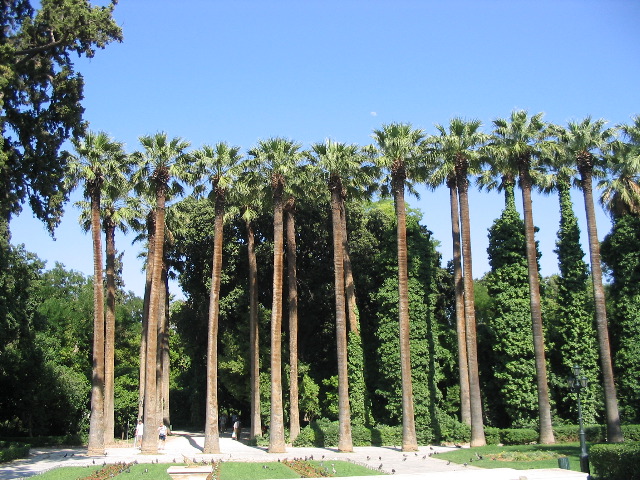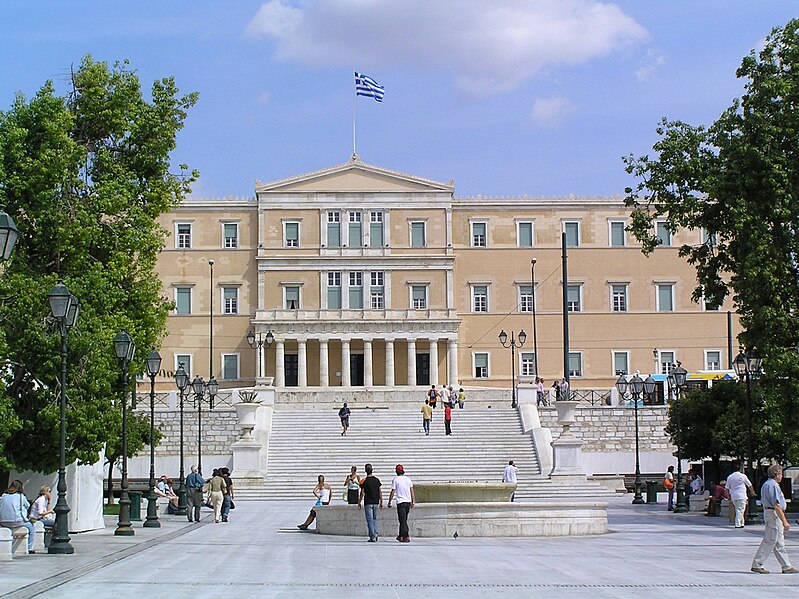Homeland to many gods and goddesses, a center for arts and philosophy, Athens is widely referred to as the cradle of Western civilization and the birthplace of democracy. It is one of the world's oldest cities, and the capital of Greece. Athens was the host city of the first modern-day Olympic Games. The Greek capital showcases numerous ancient temples such as the Acropolis and its iconic Parthenon.
Athina
The Monastiraki (literally "little monastery") is a flea market neighborhood in the old town of Athens and is one of the principal shopping districts in the city. The area is home to clothing boutiques, souvenir shops, and specialty stores. The area is named after Monastiraki Square, which in turn is named for the Church of the Pantanassa that is located within the square.
The Ancient Agora is the best-known example of an ancient Greek agora (a central public space in ancient Greek city-states). Founded in the 6th century BC and excavated since the 30's, It contains a number of notable buildings and monuments such as the Monument of the Eponymous Heroes, Aiakeion, Strategeion, and so on.
Popularly known as the "Mētrópolis", it is the cathedral church of the Archbishopric of Athens and all Greece. Construction of the Cathedral began on Christmas Day, 1842 with the laying of the cornerstone by King Otto and Queen Amalia. The cathedral remains a major landmark in Athens and the site of important ceremonies with national political figures present, as well as weddings and funerals of the rich and famous.
The Acropolis is an ancient citadel located on an extremely rocky outcrop above the city and contains the remains of several ancient buildings of great architectural and historic significance. In the fifth century BC, Pericles, a prominent and influential Greek statesman, orator and general of Athens, coordinated the construction of the site's most important buildings including the Parthenon, the Propylaia, the Erechtheion and the Temple of Athena Nike. Within the later tradition of Western Civilization and classical revival, the Acropolis, from at least the mid-18th century on, has often been invoked as a key symbol of the Greek legacy and of the glories of Classical Greece.
The Parthenon, the most famous building on the Acropolis, is a former temple dedicated to the goddess Athena, whom the people of Athens considered their patron. Construction began in 447 BC when the Athenian Empire was at the peak of its power. It was completed in 438 BC although decoration of the building continued until 432 BC. It is the most important surviving building of Classical Greece. Its decorative sculptures are considered some of the high points of Greek art. The Parthenon is regarded as an enduring symbol of Ancient Greece, Athenian democracy and western civilization, and one of the world's greatest cultural monuments.
The Plaka is and old historical neighborhood clustered around the northern and eastern slopes of the Acropolis, and incorporating labyrinthine streets and neoclassical architecture. It is known as the "Neighborhood of the Gods" due to its proximity to the Acropolis and its many archaeological sites. Plaka was developed mostly around the ruins of Ancient Agora of Athens in an area that has been continuously inhabited since antiquity. During the years of Ottoman rule, Plaka was the known as the "Turkish quarter of Athens".
It is an archaeological museum focused on the findings of the archaeological site of the Acropolis of Athens. Originally opened in 1878, the museum was built to house every artifact found on the rock and on the surrounding slopes, from the Greek Bronze Age to Roman and Byzantine Greece. It also lies over the ruins of a part of Roman and early Byzantine Athens.
Athina
Also known as the Olympieion or Columns of the Olympian Zeus, it is a former colossal temple dedicated to Olympian Zeus, a name originating from his position as head of the Olympian gods. Construction began in the 6th century BC during the rule of the Athenian tyrants, but it was not completed until the reign of the Roman Emperor Hadrian in the 2nd century AD, some 638 years after the project had begun. Today a substantial part of the temple remains, notably sixteen of the original gigantic columns, and it continues to be part of a very important archaeological site of Greece.
This public park encloses some ancient ruins, tambourines and Corinthian capitals of columns, mosaics, and other features. The original site was called the Royal Garden, which was commissioned by Queen Amalia in 1838 and completed by 1840. Close to the garden the neo-classical Zappeion Hall was built in 1878, and it was the Olympic village for the 1896 Summer Olympics in Athens and also as a venue for the fencing events. Starting in the 1920s, the area in front of the Zappeion was also a major transportation hub for trams and buses. Today it is used for public exhibitions.
Constructed in the early 19th century, it is the central square of the city and it is located in front of the 19th century Old Royal Palace, housing the Greek Parliament since 1934. Syntagma Square is the most important square of modern Athens from both a historical and social point of view, at the epicentre of commercial activity and Greek politics. Today it is a popular city-centre gathering place.
Founded in 1914, it houses more than 25,000 exhibits with rare collections of pictures, scriptures, frescoes, pottery, fabrics, manuscripts and copies of artifacts from the 3rd century AD to the late medieval era. It is one of the most important museums in the world in Byzantine Art.
Opened in 1891, the museum houses some of the most important artifacts from a variety of archaeological locations around Greece from prehistory to late antiquity. It is considered one of the greatest museums in the world and contains the richest collection of artifacts from Greek antiquity worldwide. The museum has an imposing neo-classical design which was very popular in Europe at the time and is in accordance with the classical style artifacts that it houses.












